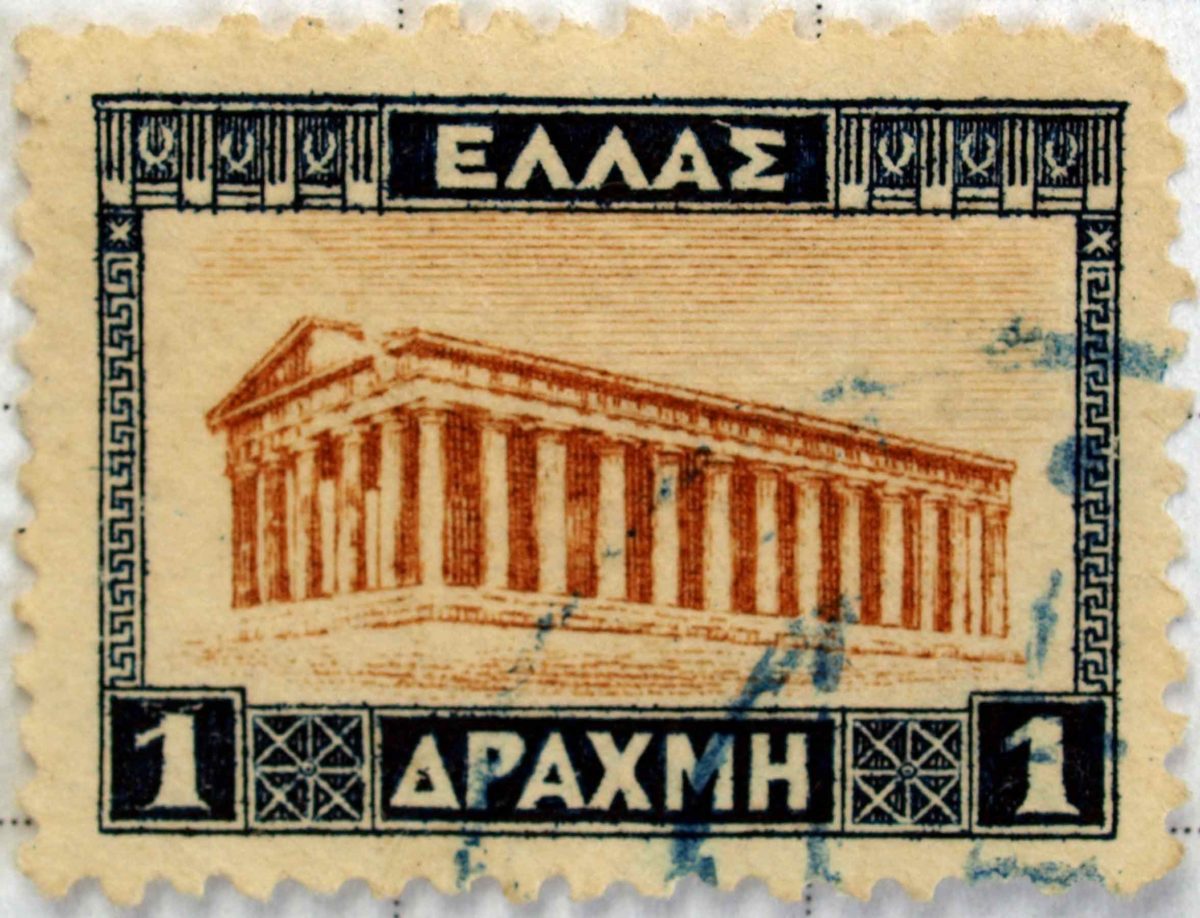A letter distributed by the French post office in Smyrna on the day of the city’s destruction on September 13, 1922; the “Free Lesvos” stamps printed by rebels in the island’s main town of Mytilene; a propaganda stamp issued in Nazi-occupied Athens in January 1944 depicting the allied bombing of Piraeus; the rush by Greeks in World War II to invest their money in stamps rather than watch it collapse in value due to rampant inflation.
Such little-known stories, revealed only to those who know how to decode the stamps produced during each chapter of history, may complement or challenge conventional wisdom, and lie at the heart of the study of postal history.
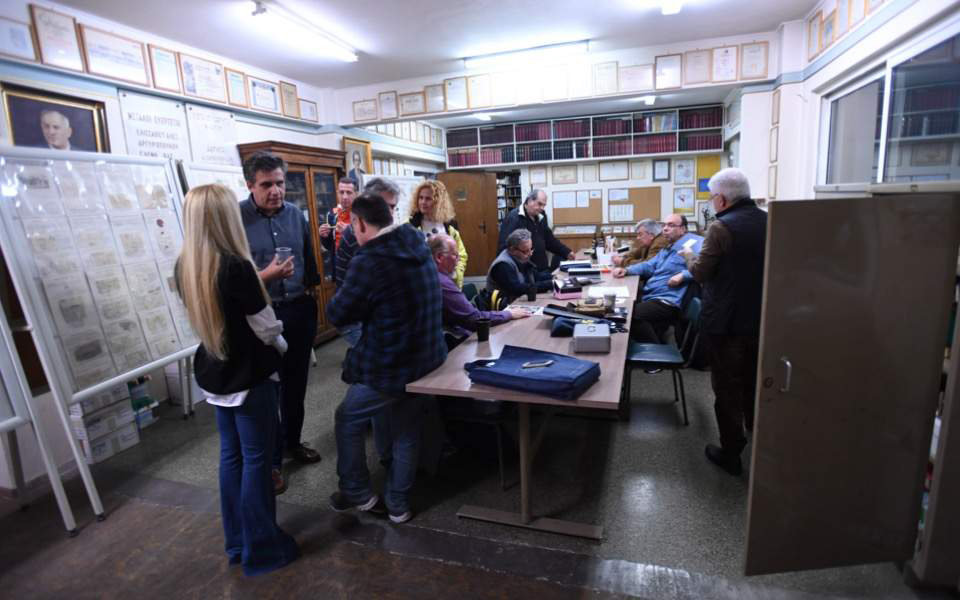
Founded in 1925, the Hellenic Philatelic Society is one of the oldest associations in Greece and its members come together at well-attended meetings twice a week at its headquarters on Academias Street in downtown Athens.
“We meet without fail every Wednesday afternoon and Sunday morning,” the association’s president, Ioakeim Halvatzidopoulos, told Kathimerini newspaper during a recent Wednesday gathering.
Sat around a large table surrounded by photographs of the association’s founders and bookshelves holding, among other volumes, past issues of “Philoteleia” (the journal of the Hellenic Philatelic Society published since 1924), the city’s stamp aficionados come together to trade stamps and debate history.
Their passion for creating collections of important stamps has certainly been aided by the internet, where specialized websites offer valuable information on stamps from all over the world. And where some may see the web as the death of the conventional post, the interest of these fans lies in the past rather than the future of stamps.
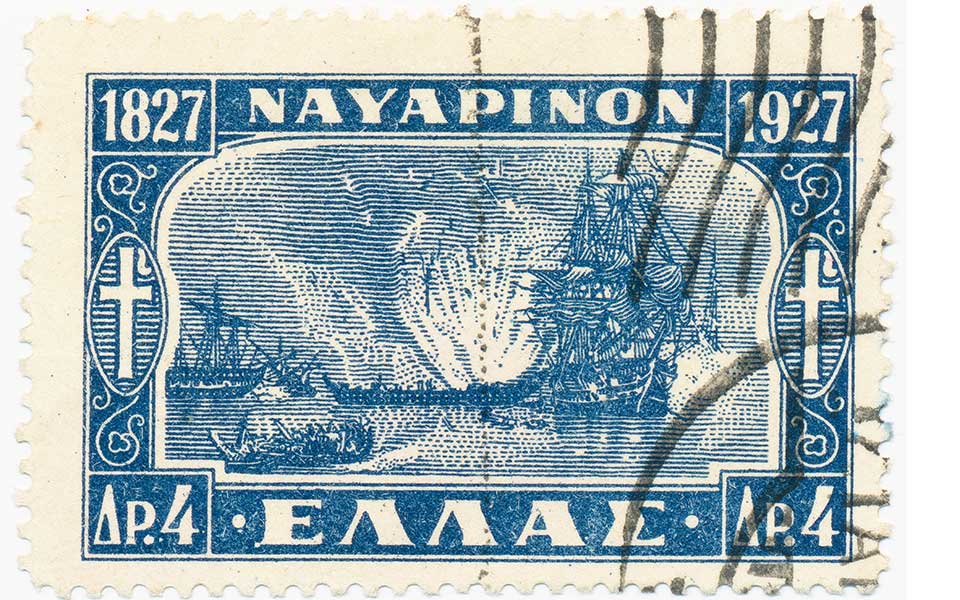
© Shutterstock
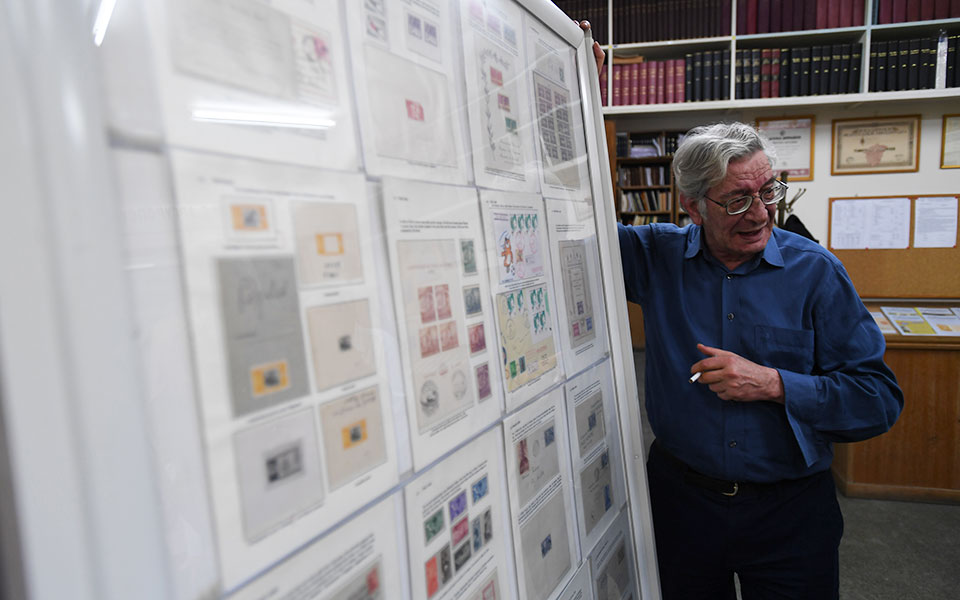
“Philately is an obsession; it’s not something you inherit. You either have it or you don’t,” says the association’s former president, 79-year-old Antonis Virvilis, with some pride. “I grew up in Athens in the 1950s, without games and toys, with little in the way of stimulation,” he adds, explaining his initial interest in stamps.
“The stamps I gathered from my family’s mail were not enough for me; I was dazzled by foreign stamps,” he says, explaining how he would carefully save up his meager pocket money to buy a single pack of stamps whenever he could.
The Hellenic Philatelic Society has 350 members from diverse age groups and has recently seen a surge of interest from people aged 35-40.
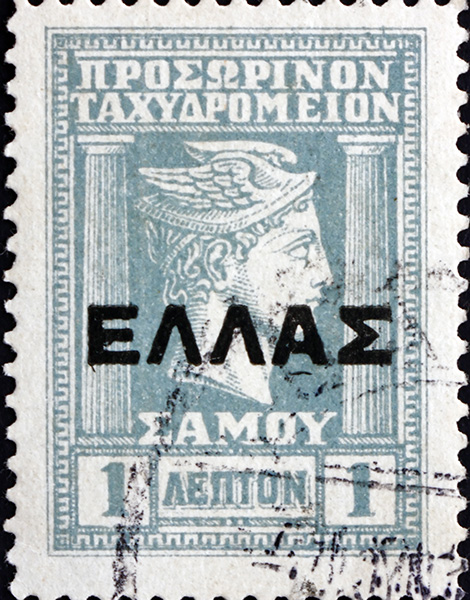
© Shutterstock
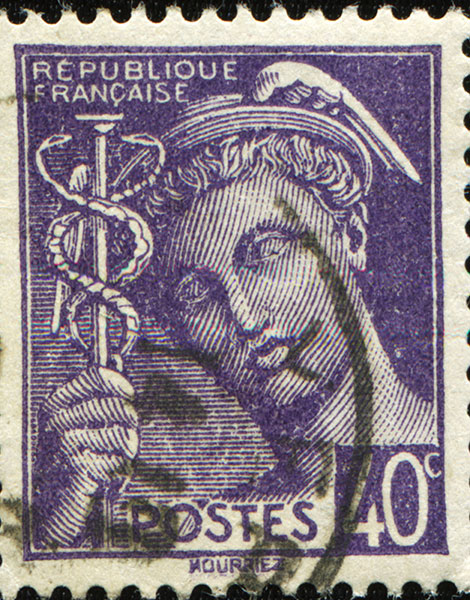
© Shutterstock
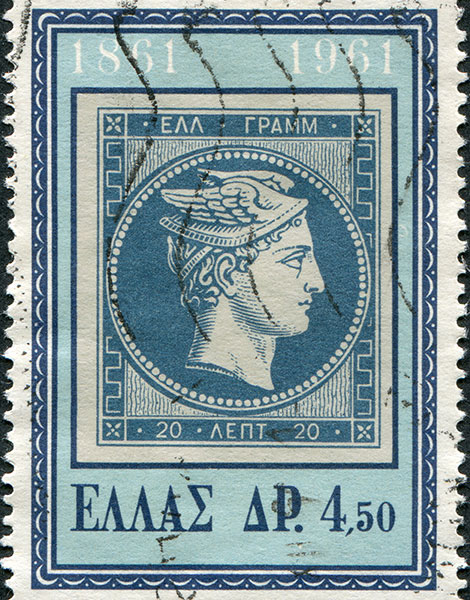
© Shutterstock
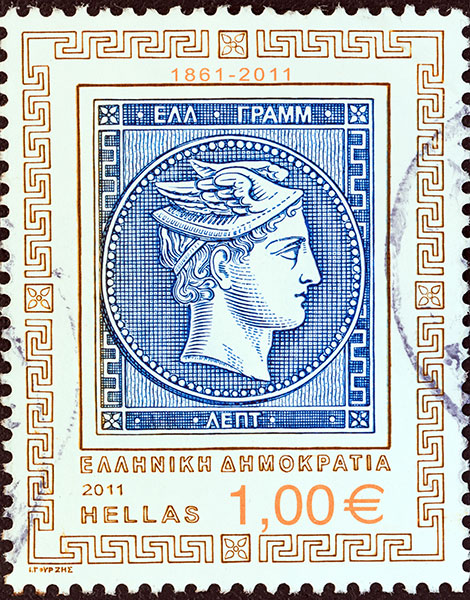
© Shutterstock
“My interest in philately stems from my grandfather,” says Liana Mitrakou, a member since 2013 and now a member of the society’s board. “I was fascinated by how collectors focus on a single item and see it as evidence, how they analyze ink stamps, dates, postage costs, the destination, the sender, the content of a letter and even whether it had been subjected to censorship.”
The society is particularly busy right now as Athens is set to host the NOTOS 2021 – European Philatelic Exhibition. Foreign collectors already covet the marvelous Hermes stamp, the first in Greece, and today worth as much as 150,000 euros apiece, but the exhibition will give locals a chance to show off the range of themes of Greek stamps, as well as their wonderful personal collections, most of which are dedicated to specific themes.
Halvatzidopoulos, for example, has been collecting stamps related to the history of soccer since 1984. “It was depicted for the first time in 1925 on a Hungarian stamp, beside other sports,” he notes.
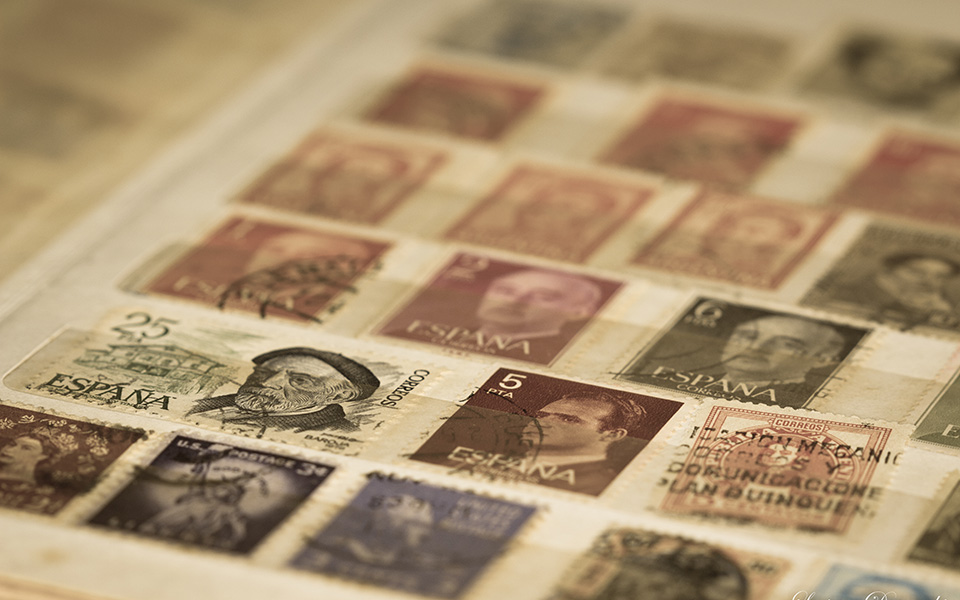
© Shutterstock
The breadth of themes is as diverse as the history of mankind.
“This one depicts a certificate issued by a captain to a young soldier confirming that he participated in the Battle of Navarino,” Alekos Galinos, an architect who also studied history, explains as he showcases a part of his collection on the Morea expedition, a French-led operation in the Peloponnese between 1828 and 1833, at the time of the Greek War of Independence.
“The correspondence between the French soldiers and their families has been the object of a 30-year quest,” says Galinos. “The descriptions of members of the scientific team – historians, archaeologists and botanists – who literally scoured the Peloponnese, are especially interesting.”

